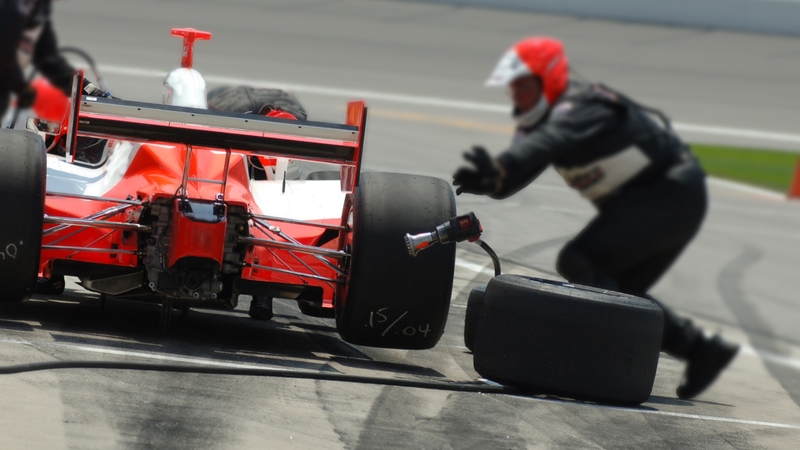The answer is not as divisive as one might think. The right solution is often found by combining technologies to harness the most productive and cost-effective process in a fast and predictable way.
When it comes to selecting a manufacturing technology, the solution is never black and white. Choosing between technologies or opting for a hybrid of solutions is determined with strategic considerations and feasibility studies on a case-by-case basis.
In the last decade, single-use transitioned from the experimental arena to the mainstream, playing an important role in both upstream and downstream bioprocessing as a flexible, reliable and cost-effective alternative to stainless steel equipment. Today, biopharmaceutical manufacturing facilities have to be smaller, more efficient, cost-effective and flexible enough to adapt quickly to changes in market demand.
Thus, the pharmaceutical world’s challenge lies in making the right choices and ensuring implementation is executed well. But there is also the challenge of using a structured and scientific approach to find the balance between single-use and stainless steel technology. The right combination of the two technologies offers agile and flexible manufacturing with the added benefit of being more cost effective.
Single-use advantages
- Risk mitigation
- Improved flexibility
- Improved utilization
- Faster change-over for multi-products
- Closed system integrity
- Smaller footprint
- Improved segregation strategy
- Reduced manufacturing footprint
- Reduced support installations for cleaning and sterilizing
Lower investment costs
Single-use systems eliminate the sterilization and cleaning processes that come with stainless steel systems, significantly reducing installation and support systems. This allows manufacturers to purchase more capacity for a limited start-up budget. It also has a positive effect on the variable costs because a much lower investment sum has to be amortized compared with stainless steel. In fact, the reduced up-front investment cost lowers variable costs and tips the scales in favour of single-use systems.
The projected investment cost savings when switching to single-use process modules from completely stainless steel process equipment for an upstream biopharmaceutical operation are significant. Facilities can expect up to 30% in cost savings with single-use technology. Naturally, manufacturing costs depend heavily on the frequency of use of single-use technology assemblies. Actual costs depend on a number of site-specific assumptions, such as process yield and solubility of protein.
One size does not fit all
Single-use technology is not a quick fix for every facility. The technology performs best at low utilization under flexible production schedules because the technology does not overload the production economy with expensive and highly insured stainless steel equipment. However, large production volumes and high facility utilization increases pricey single-use assembly and can raise costs to exceed those of stainless steel. The estimated payback time for the classic stainless steel solution in fed batch mode and at full utilization falls between three and seven years depending on the case, assuming the facility is fully utilized from day one. Interestingly, the lower single-use consumption frequency promised by continuous, integrated and connected bioprocessing will shift this balance to favour single-use technology for a much longer payback duration. But it ultimately depends on process capability.
However, if the facility runs at a low utilization and aims to meet the level of flexibility the new pharma reality requires, full or partial single-use systems offer unmatched manufacturing agility to face the challenges of today as well as tomorrow.



